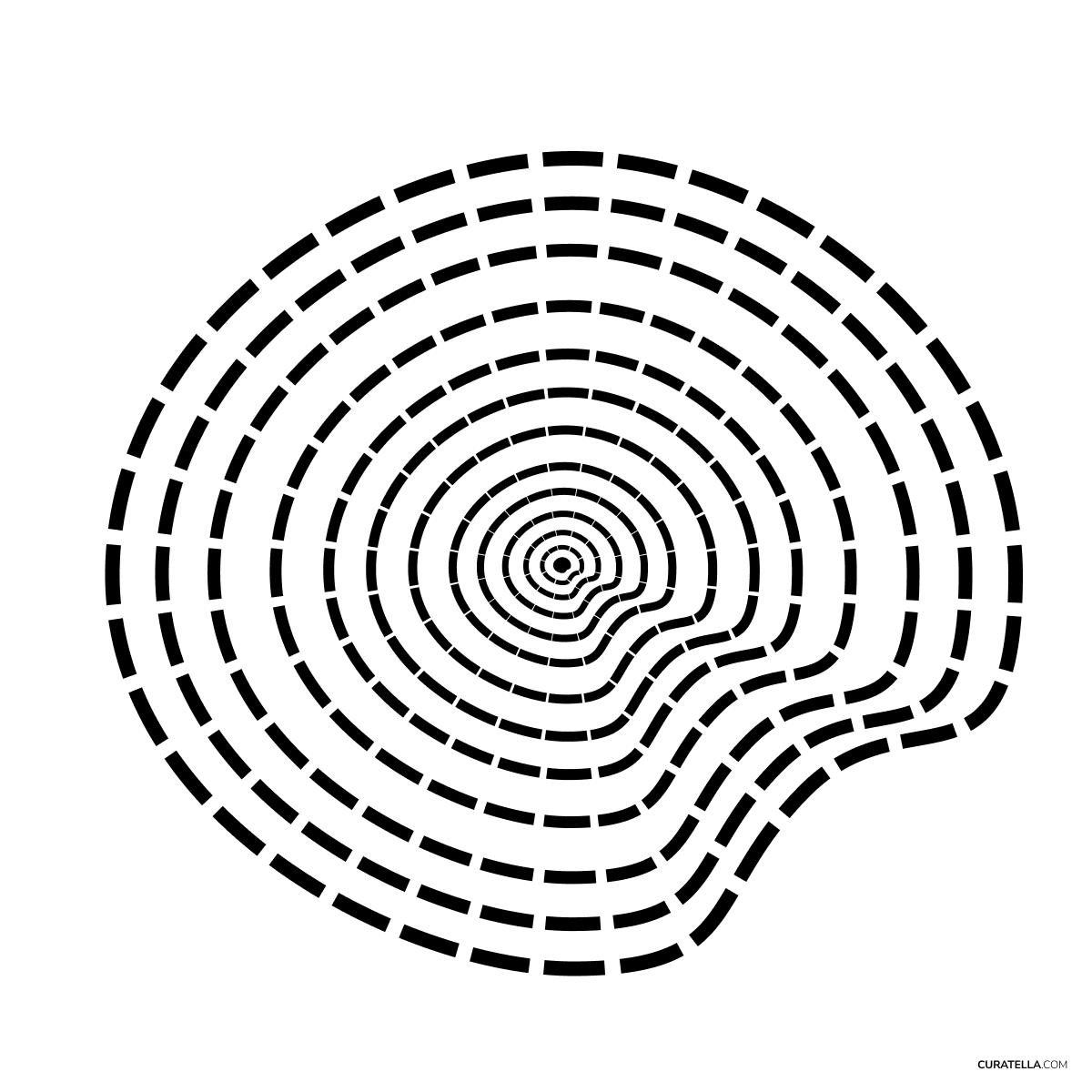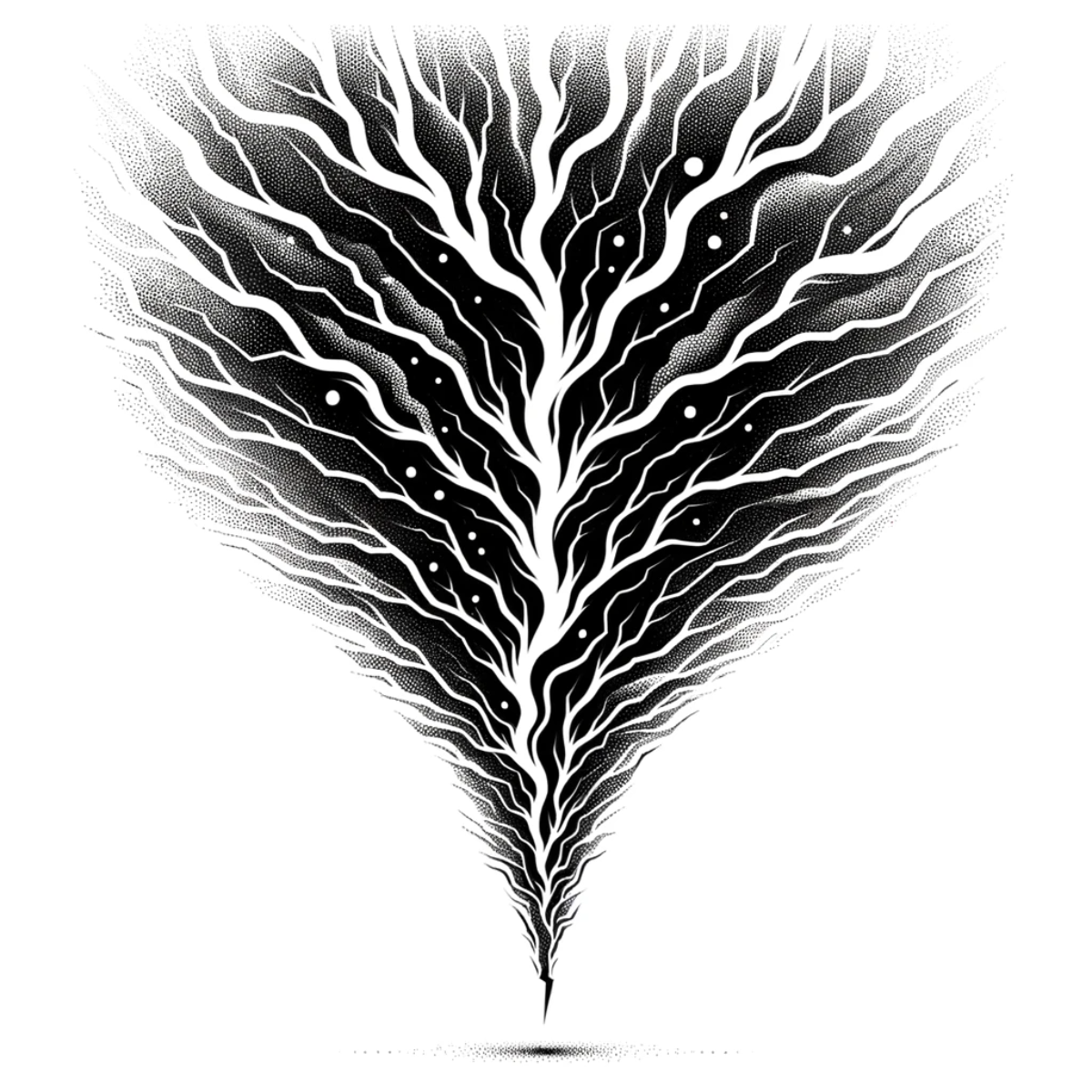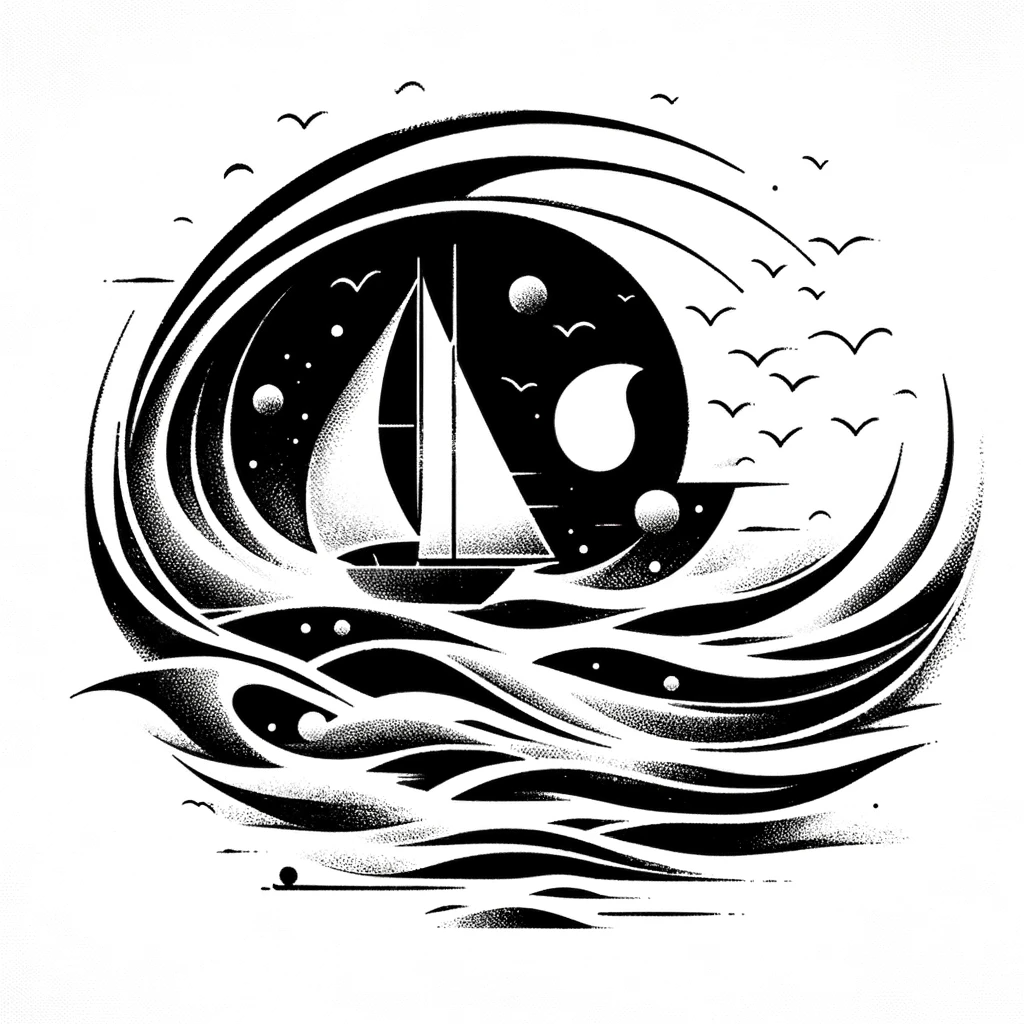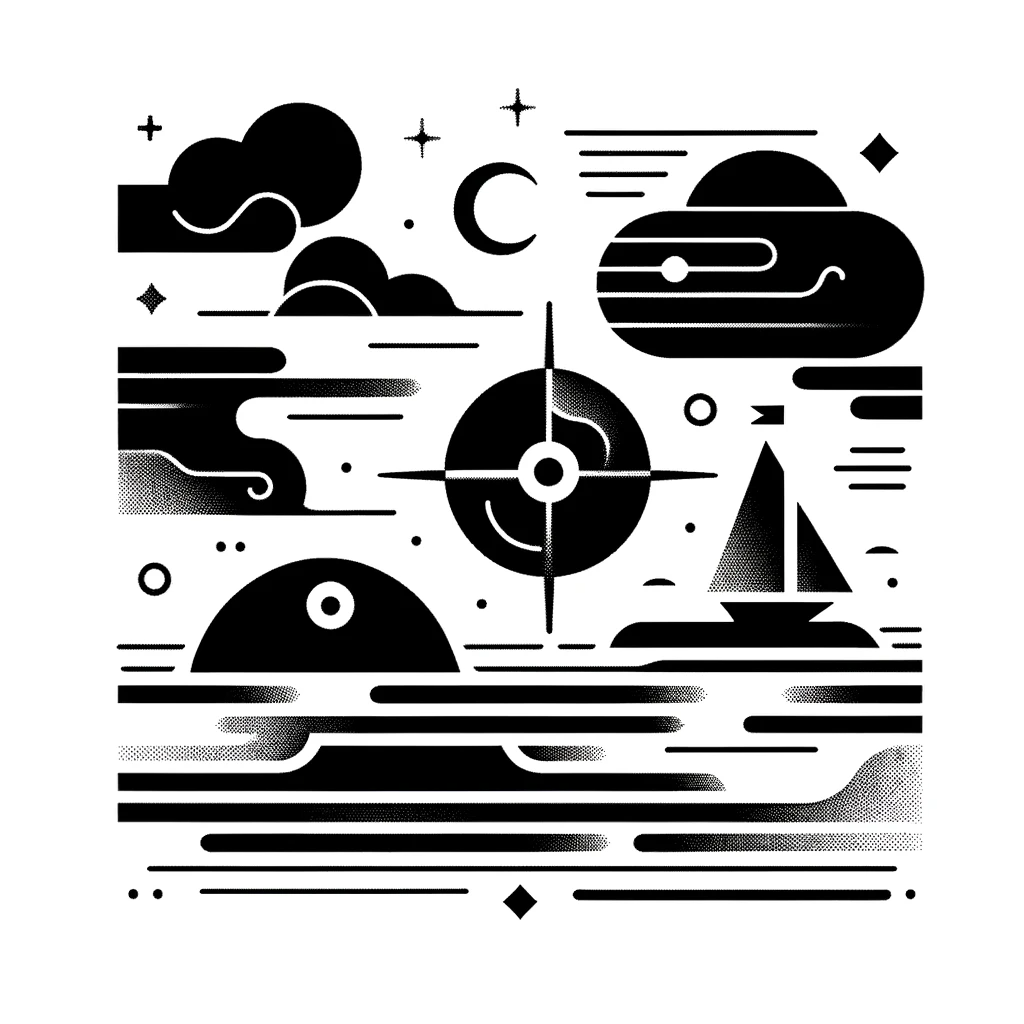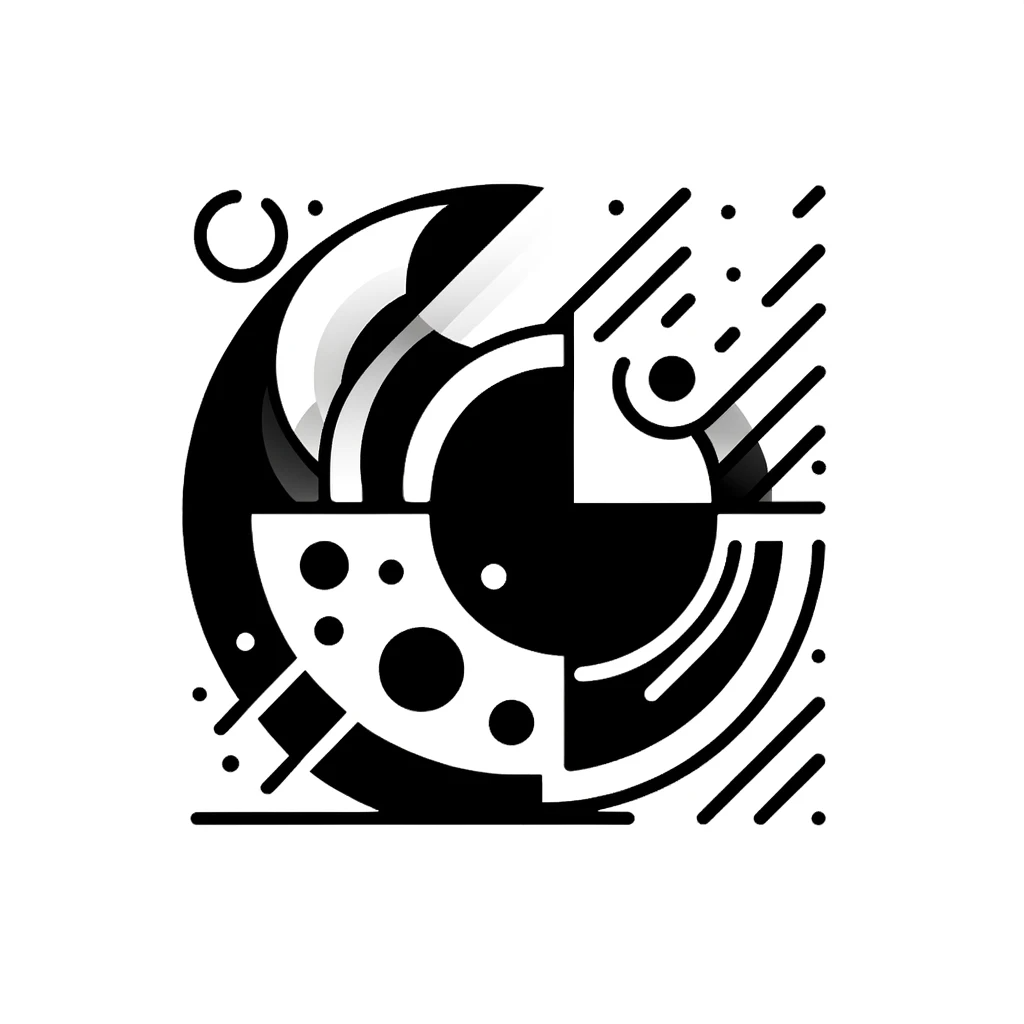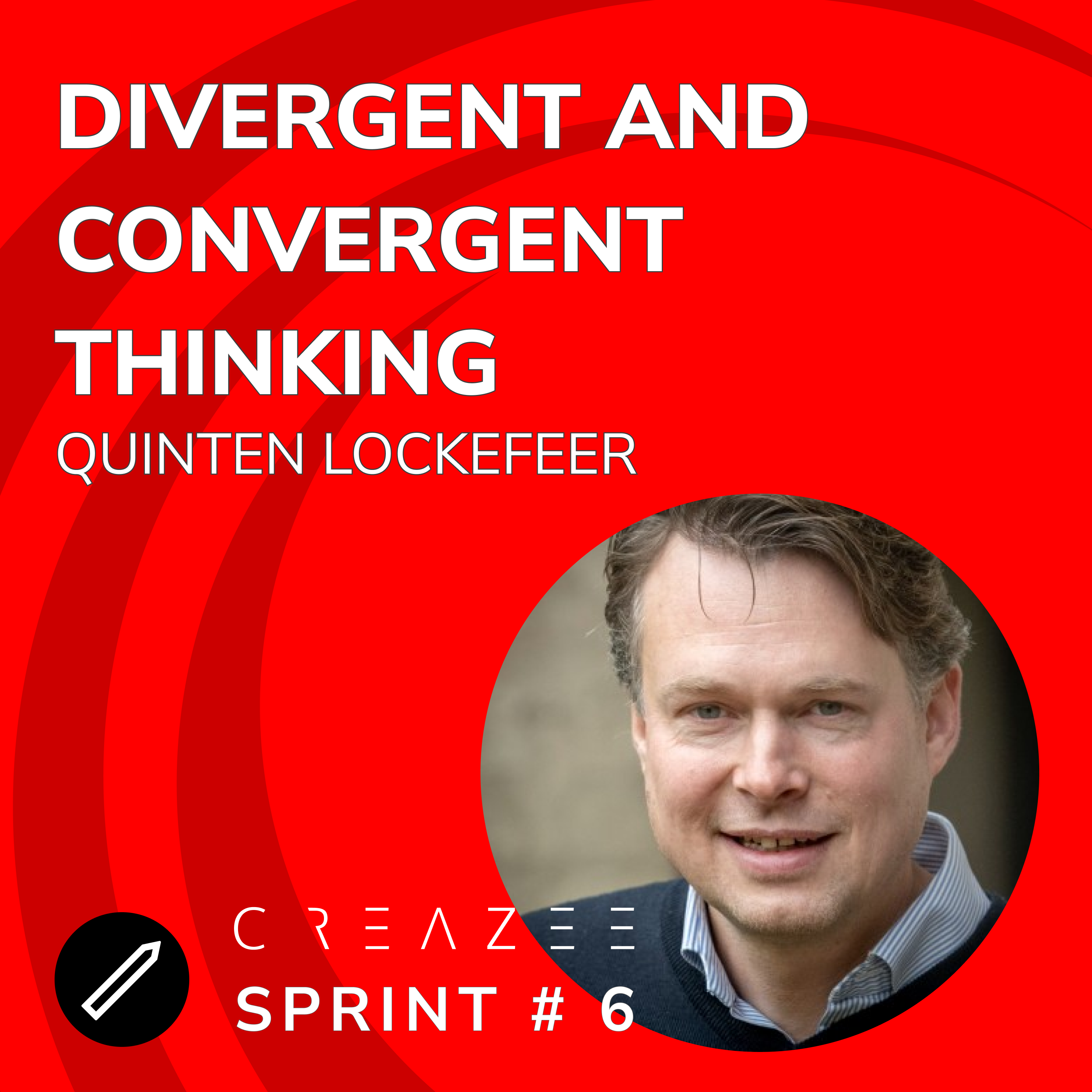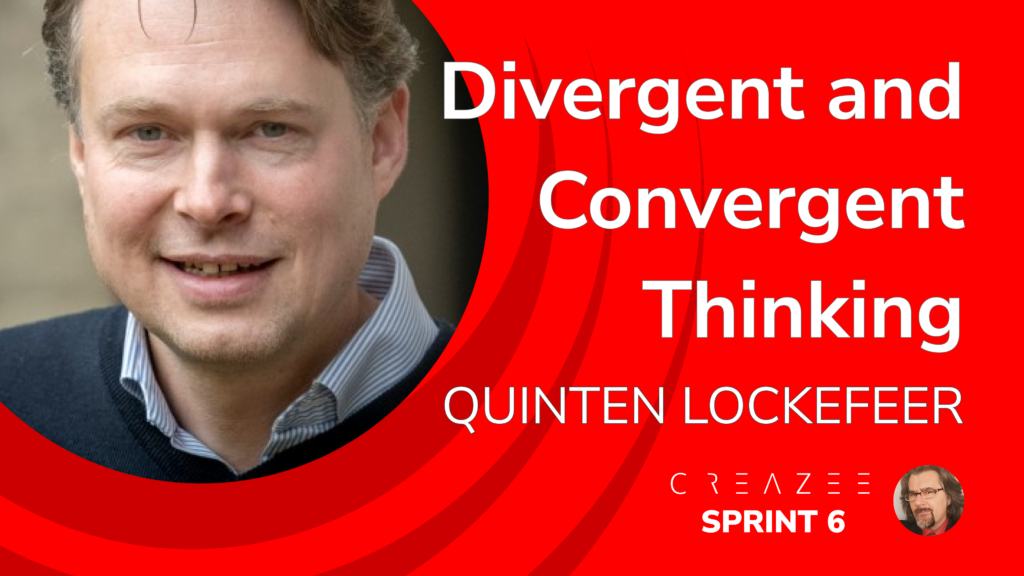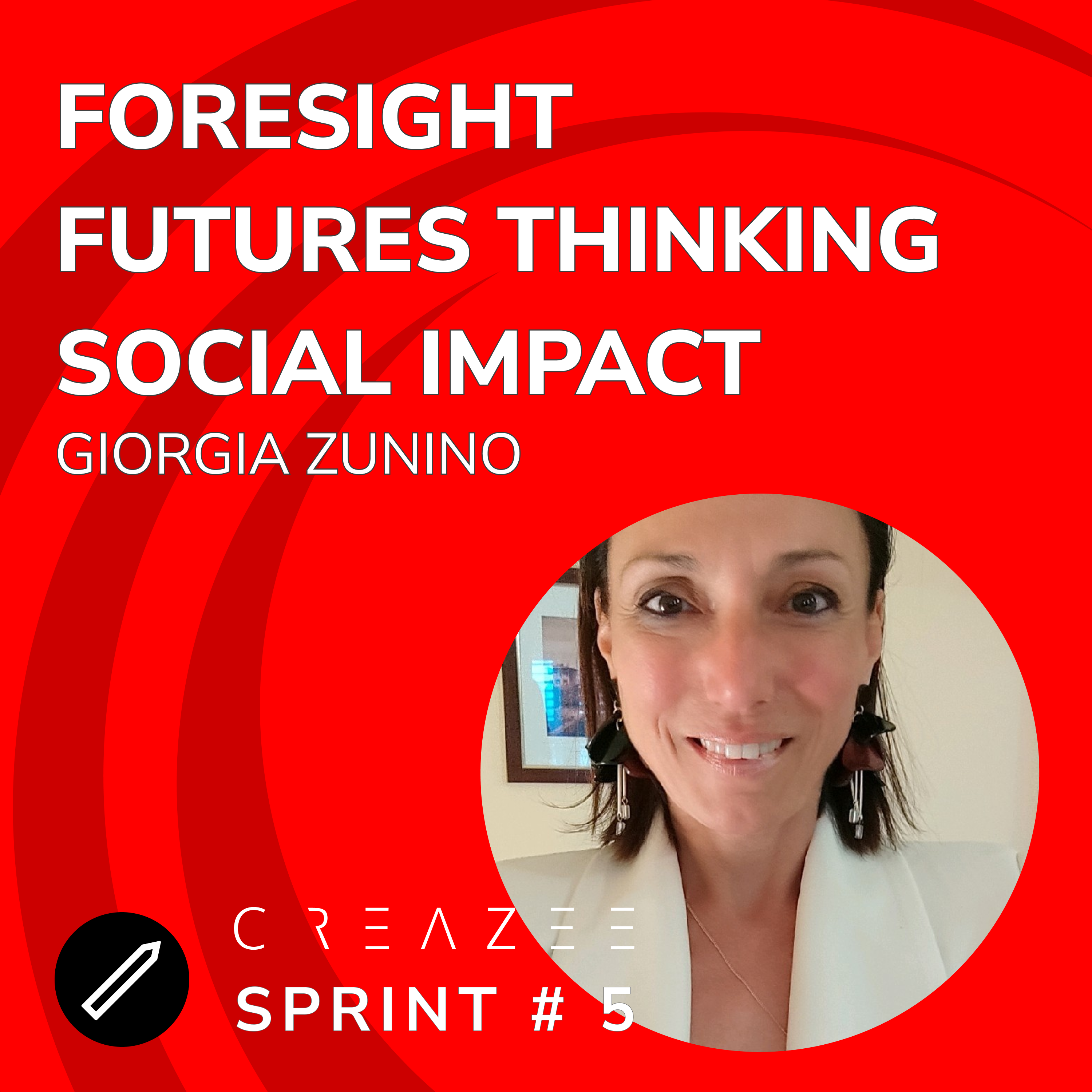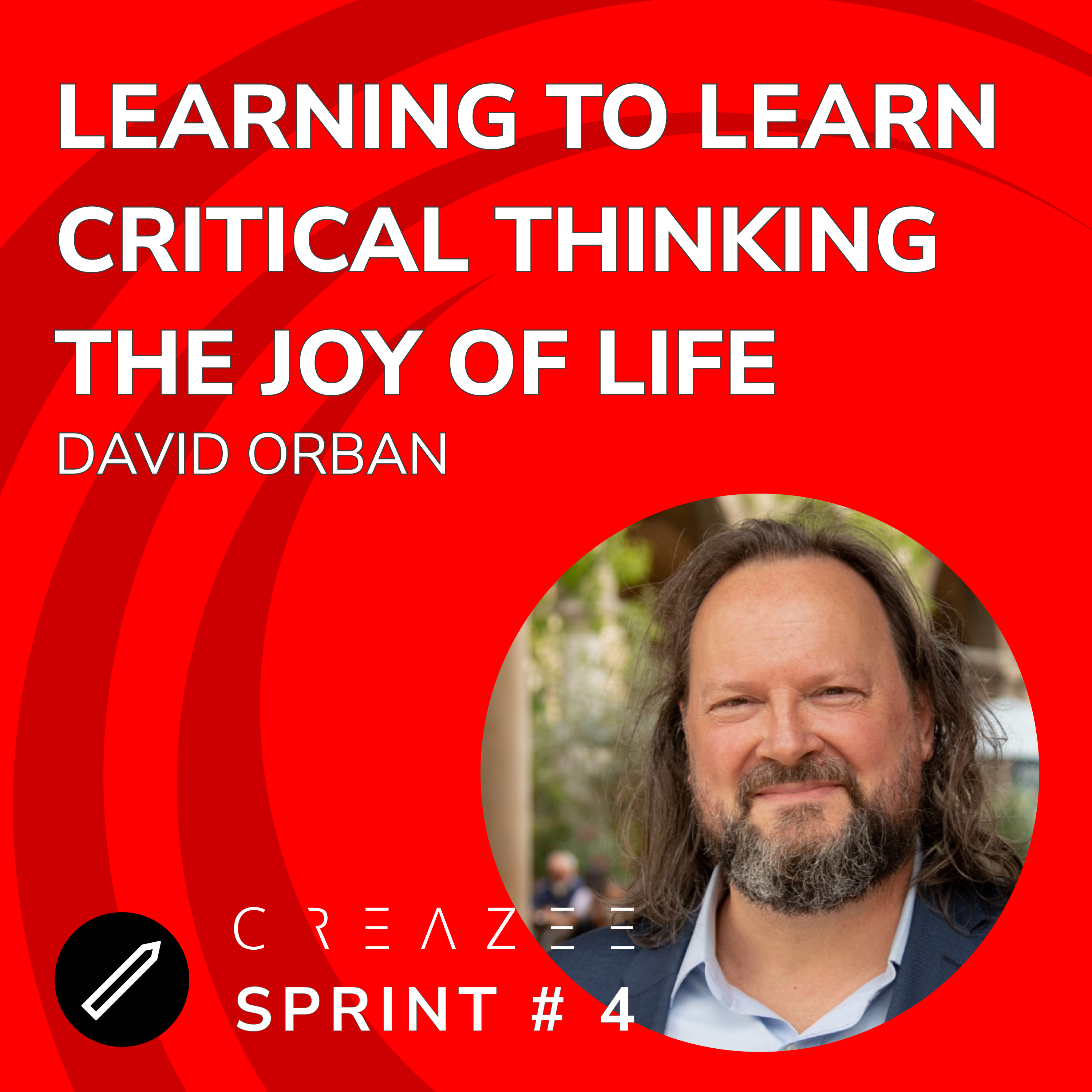In the journey of content creation, two distinct yet complementary approaches guide the writer: the Top-Down method, characterized by structured planning and purpose-driven writing, and the Bottom-Up approach, rooted in spontaneous ideation and organic note-taking. This article explores how these methodologies intertwine to create a cohesive and effective writing process.
Embarking on the writer’s odyssey resembles a sailor navigating an endless sea, dotted with islands of thought and archipelagos of ideas. Each island is a destination, a topic to be explored and understood. Why am I writing this, the sailor asks, gazing at the horizon. The answer sets the course, guiding the ship through the waters of creativity and intellect.
The Top-Down Approach: The Cartographer’s Approach to Writing
In this approach, one begins as a cartographer, mapping the journey ahead. A list of topics emerges, each a coordinate on the chart, promising a story to be told. Drafts form like sketches of unexplored lands, each a step closer to the final map. The editorial calendar serves as the ship’s log, marking time and tide, ensuring that no island of thought is left uncharted in this systematic exploration.
The North Star: Writing with Purpose
Every journey begins with a purpose. In the Top-Down approach, understanding ‘Why’ lays the foundation. Determining the purpose is akin to setting a course for a voyage, providing direction and meaning to the content created.
Potential Destinations: Curating a List of Topics
Like charting notable areas on the map, compiling a list of topics forms the backbone of the editorial journey. This list acts as a guide, ensuring that each piece of content aligns with the overall vision and goals.
Archipelago of Ideas: Navigating Through Drafts
Each draft represents a stop along the journey, a place to refine and reassess. These drafts, born from initial ideas, evolve through revisits and revisions, maturing into well-crafted pieces.
Orienting in Time: Scheduling
Implementing an editorial calendar is like using a compass. It provides structure and timing, ensuring regular and consistent content delivery, essential for navigating the vast seas of content creation.
The Bottom-Up Approach: Discovering as We Sail
Contrasting the intention is the bottom-up approach, where the writer is an explorer, charting courses on the go. Writing-while-reading is akin to collecting tales from foreign shores, each a piece of the puzzle. Note-taking becomes a spontaneous sketching of landscapes, raw and untamed. Ideation is the journey through fog and storm, finding paths where none seemed to exist. Free-flow writing is the sailor riding the wild waves, letting the sea guide the pen.
Writing-While-Reading: casting a net while sailing
As you read, you capture ideas, perspectives, and insights, enriching your understanding and providing a wealth of material to draw upon in your writing. Engaging with other texts while writing is a fertile ground for ideas. It’s a dynamic process where reading sparks new thoughts, leading to immediate, responsive writing. This method enriches the content with diverse perspectives and insights.
Note-Taking: Collecting Pearls
By deep diving you discover raw gems and pearls in the quotes, snippets and fragments. These notes, though brief and seemingly insignificant, can hold treasures of ideas, waiting to be explored and expanded upon.
Ideation: The Wind in Our Sails
Ideation is the gust of wind that propels the ship forward. It’s a spontaneous, dynamic process where thoughts and creativity merge, leading to new and exciting writing directions.
Free Flow-Writing: Riding the Waves
Free flow-writing is about riding the waves of creativity. It’s an uninhibited, unrestricted form of writing, allowing thoughts and ideas to flow naturally, capturing the essence of spontaneity and raw insight.
Merging Horizons: From Fleeting Thoughts to Permanent Records
In this literary odyssey, the distinction between a rough note and an elaborate manuscript becomes as blurred as the line between sea and sky. What starts as a fleeting thought on a distant shore evolves, through revisits and refinements, into a tale as vast and deep as the ocean.
In this voyage of words and ideas, each approach – whether the methodical mapping of the top-down or the adventurous exploration of the bottom-up – offers its unique treasures. The writer, like the sailor, learns to navigate these methods, understanding that the journey itself is as important as the destination. With each article, each newsletter, we chart new courses, exploring uncharted waters of creativity and intellect, leaving behind a trail of narratives in our wake.
Impressions so far
- I realize I don’t have a draft repository per se. I have hundreds of disorganized sketches and fragments. My next step will be to cultivate a library of ideas to be developed in parallel so I don’t have to improvise each week.
- Writing using metaphors is fun. Sometimes I feel lost and I don’t remember why I chose sails or pearls but the vivid images evoked by those words are making this task less dry.
- ChatGPT is changing my attitude towards writing. I can experiment much more, revise, and fine-tune many more times. Problem: it’s never-ending, it’s only the due date to make me work.
This weekly writing challenge is harder than I thought and more painful than usual: good.
